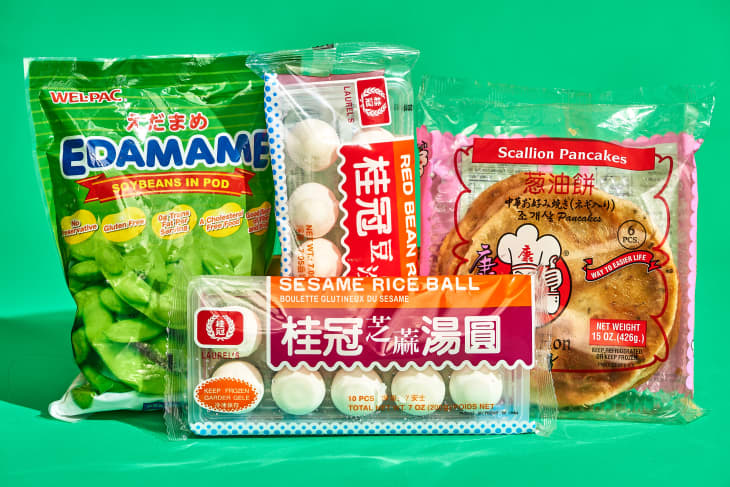15 Basic Ingredients for Cooking All Kinds of East Asian Food
We independently select these products—if you buy from one of our links, we may earn a commission. All prices were accurate at the time of publishing.
(Image credit: Joe Lingeman)
There’s nothing like that moment when you taste an Asian dish you made at home and pump your fist in the air because it tastes just like take-out! It’s not hard to get that authentic flavor; all it takes are the right ingredients. Fully stocking an Asian pantry can seem intimidating, but with just 15 basic ingredients, you can make a wide variety of recipes from China, Japan, Korea, Vietnam, Thailand, and beyond.
Note: this list doesn’t cover ingredients for Indian cooking; for that, check out our guide to Indian ingredients and flavors.
- Soy sauce and/or tamari: Use soy sauce in place of salt when seasoning soups, fried rice, dressings or dipping sauces. Gluten-free tamari is nice to have on hand if you regularly cook for gluten-free eaters, but not a necessity otherwise.
- Rice vinegar: A mild vinegar for making vinaigrettes, marinades or dipping sauces.
- Fish sauce: Funky and indispensable when cooking Thai or Vietnamese food, especially in stir-fry sauces, dressings and dipping sauces. (You can also trying making your own vegan version.)
- Chili sauce, such as sriracha or chili garlic sauce: A bottled chili sauce is an easy way to add heat and a little more flavor to any dish, from soups to noodle salads.
- Oyster sauce: This sweet and savory sauce adds umami richness to simple vegetable stir-fries. Vegetarian versions are made with mushrooms instead of oyster extract.
- Coconut milk: Creamy and rich, canned coconut milk adds a wonderful flavor and smooth texture to curries, soups and marinades.
- Curry paste: Spicy, with incredible depth, nothing can take its place in Thai curries.
- Miso paste: Versatile miso paste can be used in a classic miso soup, used to make a Japanese marinade for fish or meat, or even added to non-Japanese recipes that need a little more oomph.
- Toasted sesame oil: With its characteristic toasty flavor, sesame oil rounds out dressings, dipping sauces and marinades, often taking them from “Yeah, that’s good” to “Where can I get a bucket of that to slather over everything I eat?”
- Rice wine, such as sake: As with white wine in French cooking, it only takes a little rice wine to add another dimension of flavor to soups, simmering sauces and marinades. It’s indispensable in Japanese cooking.
- Rice: Although each cuisine has its traditional rice accompaniment, there’s no need to keep them all on hand, so stock whatever you like. (Thai jasmine white rice and short-grain brown rice are my personal staples.)
- Noodles: There’s also no need to keep a dozen types of noodles on hand, so stock the one or two types you like and don’t be afraid to swap in Japanese udon noodles in Chinese soup recipes, or make other substitutions. (Check out this guide to 11 types of Asian noodles for more info.)
- Fresh ginger: Grate it, mince it, cut it into coins and use it to make Korean marinades, Chinese soups, Thai dipping sauces and much more.
- Limes: The fresh bite of lime juice is especially important in Thai and Vietnamese cooking.
- Cilantro: Love it or hate it, cilantro is a key flavor in many Asian cuisines. If it’s the latter, maybe your new Asian cooking habit will give you a renewed appreciation for this controversial herb. Or maybe not. Haters gonna hate.
